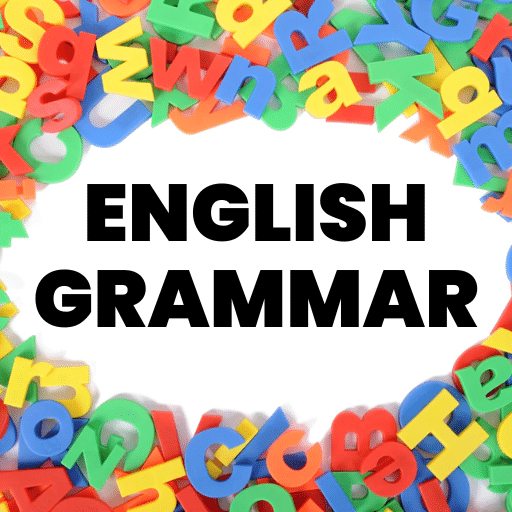Pronouns | English Grammar for Class 9 PDF Download
Pronouns
Pronouns are words that can be used to take the place of a noun.
Examples: He, she , It , I , We, You, We, They, Me, Him, Her, Us, Them, Mine, your, his, her, my, our, their etc.
Types of Pronoun
1. Personal Pronouns: Personal pronouns are those that refer to people, places, things, and ideas directly.
Personal pronouns can be divided up into two major categories.
- Subject pronouns : I, we, you, he, she, it, they
- Object pronouns : me, us, you, him, her, it, them
A person pronoun describes a person or a thing in following ways.
- 1st Person: (the person who speaks) e.g. I, we, me, us
- 2nd Person: (the person who is spoken to) e.g. you
- 3rd Person: (a person or a thing which is spoken about). e.g. she, he, they, it, her, him, them
Examples of Personal Pronouns
- He wants to buy a new cycle.
- She is very beautiful.
- It is very hot today.
- You are my best friend.
- They are going to a market.
2. Possessive Pronouns: A possessive pronoun is a pronoun that is used to indicate possession or ownership.
Example: His, yours, hers, mine, ours, theirs, etc.
- That is his cycle.
- Someone asked, “Is that watch yours?”
- This notebook is mine.
- We bought this game together, so it is ours.
3. Reflexive Pronouns: Reflexive pronouns are words ending in -self or -selves that are used when the subject and the object of a sentence are the same. They are used after certain verbs when the subject and verb are the same person.
Example: myself, yourself, himself, herself, oneself, itself, ourselves, yourselves, and themselves.
- I brush my teeth and stare at myself in the mirror.
- He bought himself a new dress.
- Take care of yourself.
- She didn’t want to talk about herself anyway.
- The wound healed itself quickly.
4. Reciprocal Pronouns: A reciprocal pronoun is used when two or more nouns (subjects) are engaged in same thing or reciprocating to each other or one another in some action.
There are only two reciprocal pronouns.
- Each other
- One another
Example:
- Rita and Sita looked at each other with surprise.
- Mary and Jai kissed each other at the end of the ceremony.
- They hit their heads with each other.
- The kids spent the afternoon kicking the ball to one another.
5. Relative Pronouns: A relative pronoun is used to connect a clause or phrase to a noun or pronoun. The clause provides describing information about the noun.
Example: Who, whom, whose, that, which.
- Who, whom, and whose relate to people.
- Which is used with objects.
- That is preferably used only with objects, but you will see it used with people.
- The girl who is studying is very intelligent.
- My sister, who is at home, dances very well.
6. Demonstrative Pronouns: A demonstrative pronoun is a pronoun that is used to point to something specific within a sentence.
Example: that, this, those, these, none, neither
A demonstrative pronoun represents a thing or things:
- near in distance or time (this, these)
- far in distance or time (that, those)
- This is my favourite dress.
- That picture is really very beautiful.
- Those shops are having a sale on Saturday.
- These are nice shoes, but they look uncomfortable.
7. Interrogative Pronouns: An interrogative pronoun is used to ask questions.
There are five main interrogative pronouns: who, whom, what, which ,whose, what is used to ask about things or animals.
Example:
- What is your favourite colour?
- Whose pen is this?
- Whom do you prefer to vote for?
- Who do you think took the money?
8. Indefinite Pronouns: Indefinite pronouns are pronouns that are used to refer to people or things without mentioning who or what exactly they are. Singular indefinite pronouns take singular verbs or singular personal pronoun. Plural indefinite pronouns take plural verbs or plural personal pronoun.
Example: someone, something, Another, anyone, anybody, each, either, enough, everybody, neither, nobody, one, no-one, both, few.
- Now that everybody is here , we can start.
- I am sure, i have forgotten something.
- Can anyone answer this question?
- It was really dark and i could not see anything.
- We can go anywhere we want to.
|
25 videos|90 docs|41 tests
|
FAQs on Pronouns - English Grammar for Class 9
| 1. What are pronouns? |  |
| 2. Why are pronouns important in English grammar? |  |
| 3. What are the different types of pronouns? |  |
| 4. How are pronouns used in sentence construction? |  |
| 5. What are some common mistakes to avoid when using pronouns? |  |
























